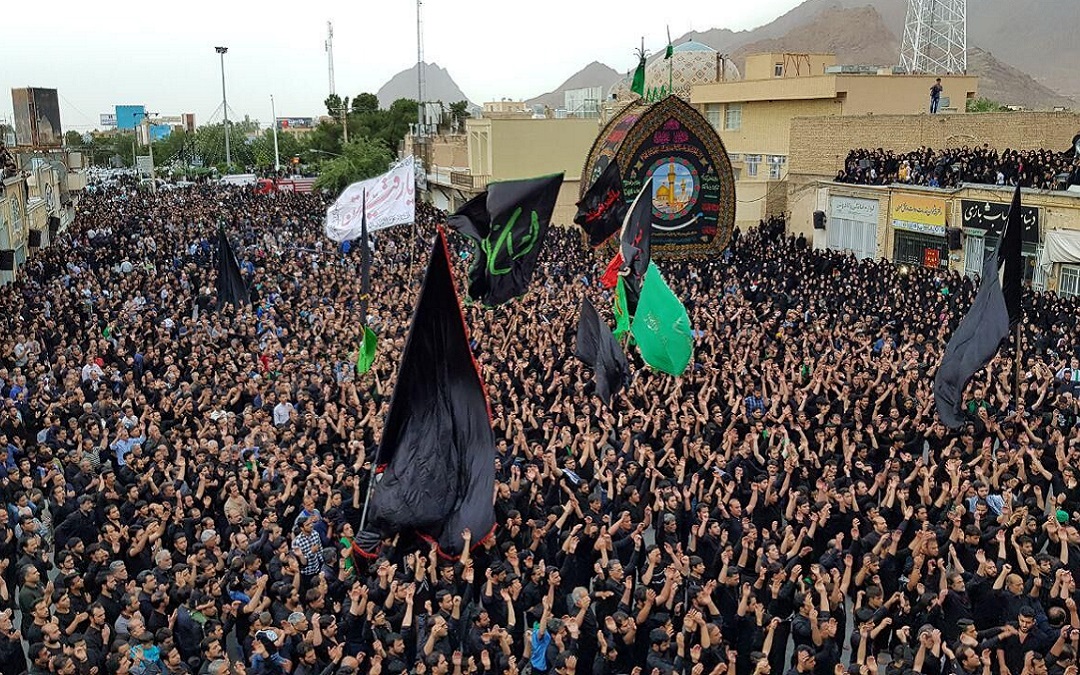Muharram Mourning
On the first 10 days of the first month of the Islamic calendar, Muharram, you’ve got the chance to have a few-hour trip to the vantage point of Shia Islam. The tragic yet glorious self-sacrifice of the grandson of Prophet Muhammad at the Battle of Karbala has highlighted Muharram with more than a thousand years of mourning ceremonies and rituals. Harmonizing the mourning with its own cultural traits, each city and village in Iran has been commemorating the noble tragedy in a distinctive way. Joining a mourning ceremony in Yazd and getting the chance to touch the emotional depth of these special rituals will give you priceless insight into Islamic spirituality and praise of social responsibility and religious consciousness.
Note 1: The date of the 10 days of Muharram shifts on the international Gregorian calendar each year. So, you need to check the date with us in advance. The period was from the 20th to the 30th of August in 2020 and will be from the 8th to the 18th of August in 2021.
Note 2: You can join us on any day during this 10-day period.
Learning about this historical Event
In the heat of the ceremony, your guide will tell you stories of Islamic history, like the Imam’s brave opposition to corruption and how this resistance turned into such a glorious tragedy. Understanding this epic aspect of Islam from inside will present you with a more genuine perspective of not just the religion but also the regional folklore of Iran.
Learning about the Rituals of Mourning
On this tour, you’ll have a first-hand experience of the cultural outcome of the Iranians’ integration of their cultural identity with this historical event. Whether in an impressive street procession, a Ta’zieh (theatrical reenactment of the event, listed as a national heritage), or in an indoor ceremony, you’ve got the chance to be introduced to some of the rituals: black clothing, singing, weeping, use of musical instruments, chest beating, shoulder beating with chains or Nazri (free food distributed among mourners).
Participation in a traditional ceremony
Children carrying Alams (flags as symbols of bravery), streets decorated with red and black flags, and hearing lamenting music on every corner are the usual spectacles of the first ten days of Muharram. Yet attending a ceremony at night will bring you to the depth of the culture and it doesn’t matter in which city you join us, because each has its own distinctive customs and rituals to impress you with. Generally in Muharram lamentation, you can see groups of mourners in black clothing walking up the streets or standing in rows or circles, playing epic music, singing about Husayn Ibn Ali and his companions’ bravery and suffering, and lamenting by harmoniously beating their chests or shoulders.








